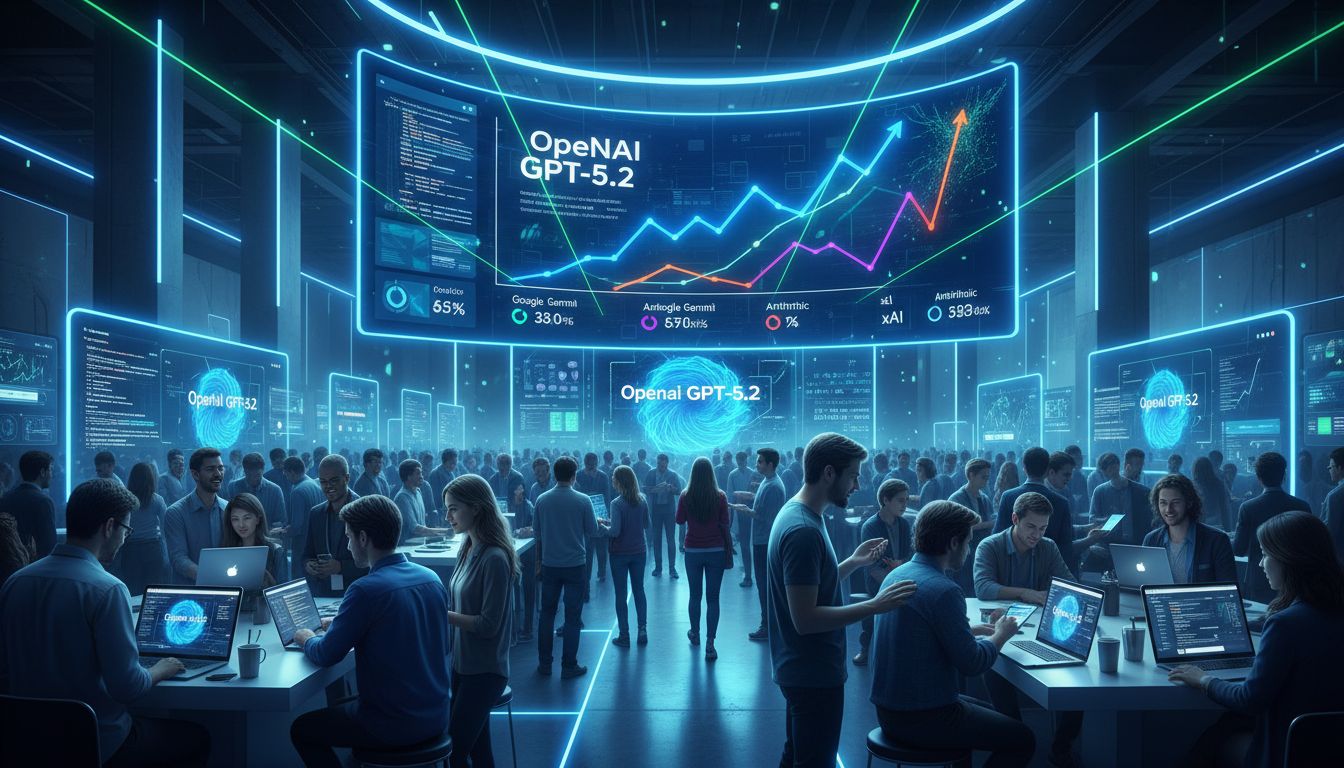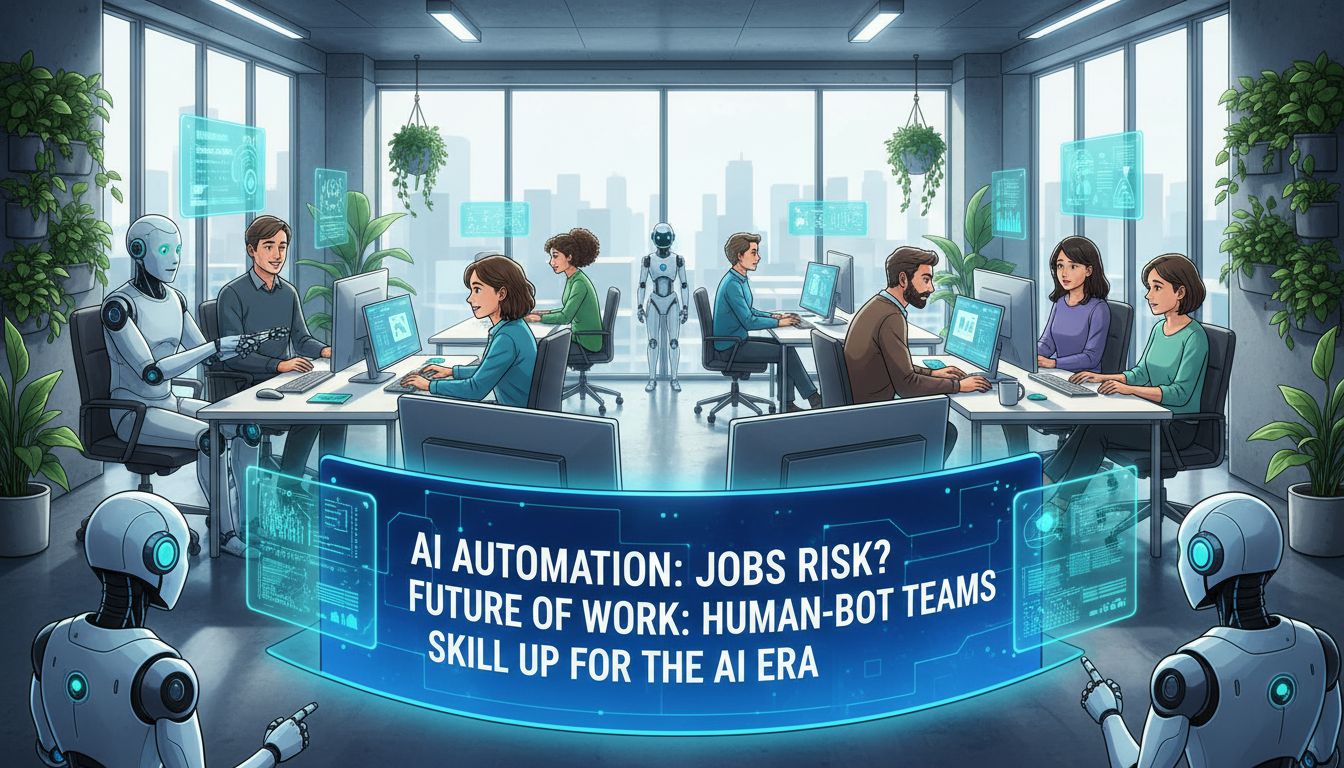
- Introduction
- The Rapid Progress Toward AGI
- Predictions on AGI’s Arrival
- Key Challenges to Overcome
- The Role of Ethics and Safety
- Why the Future Looks Optimistic
- The Societal Impact of AGI
- Preparing for an AGI-Driven World
- Potential Dangers of AGI
- The Bright Path to AGI: Why the Future Is Closer Than We Think
Introduction
Artificial General Intelligence (AGI)—the idea of machines matching or surpassing human intelligence—has long been a dream of scientists and futurists. Recent advancements in AI have sparked fresh optimism about how soon AGI could become a reality. While challenges remain, the progress we’ve made is astonishing.
In this article, we’ll explore how close we are to AGI, what obstacles stand in the way, and why the future looks brighter than ever. From expert predictions to groundbreaking research, the journey toward AGI is full of excitement.
The Rapid Progress Toward AGI
Just a decade ago, AI struggled with basic tasks like image recognition and natural language processing. Today, models like GPT-4 and Gemini can write essays, solve complex problems, and even hold meaningful conversations. According to a Brookings Institution article, AI is advancing at an unprecedented pace, with some experts1 believing human-level intelligence could be achievable sooner than expected.2
The rise of large language models (LLMs) has been a game-changer. These systems demonstrate reasoning abilities that were once thought impossible for machines. While they’re not yet AGI, they’re a major step forward.
Predictions on AGI’s Arrival
When will AGI arrive? Estimates vary widely. Some researchers, like those cited in Live Science, suggest AGI could emerge as early as 2026.3 Others believe it may take decades. The difference in opinions stems from how we define AGI and the unpredictable nature of breakthroughs.
Still, the trend is clear: AI is getting smarter, faster. With each passing year, we see improvements in learning algorithms, computational power, and data efficiency. This momentum suggests AGI might arrive sooner than skeptics think.
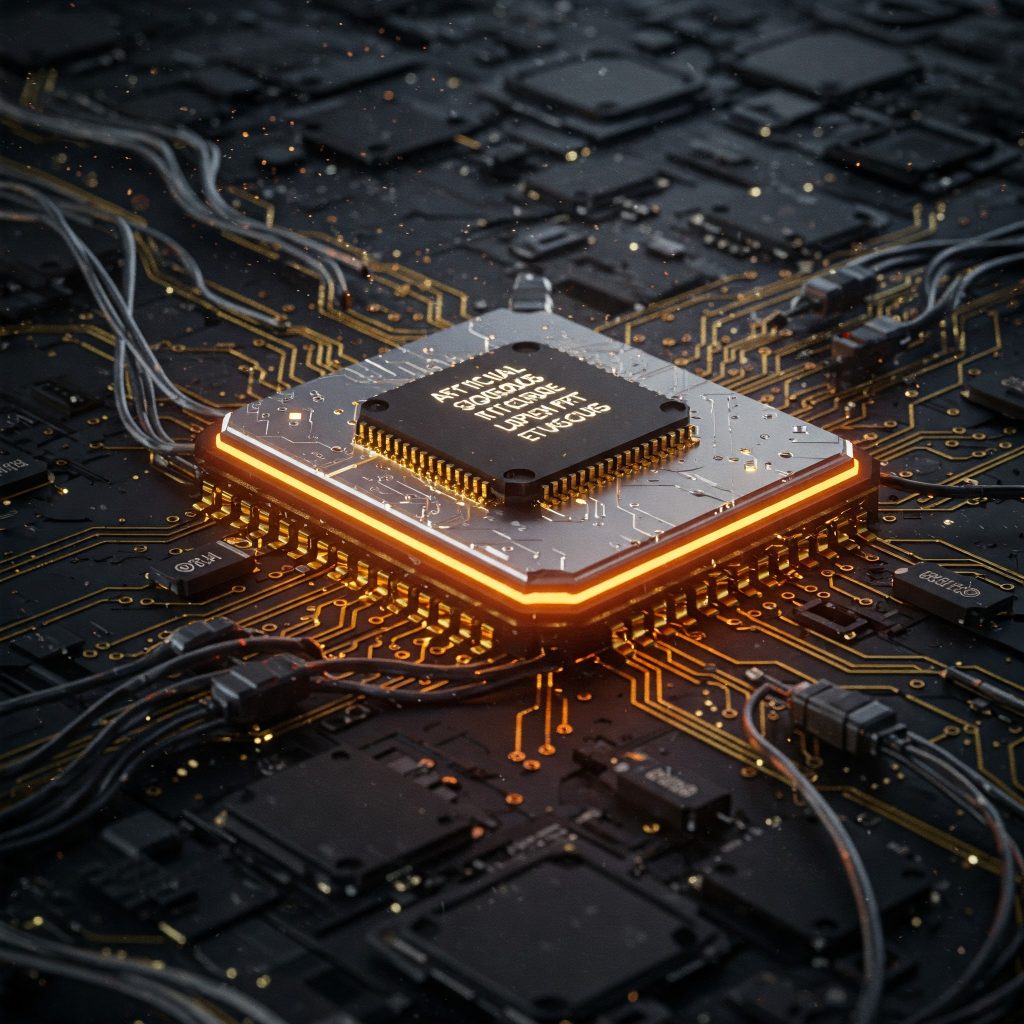
Key Challenges to Overcome
Despite rapid progress, hurdles remain. Neil Sahota, an AI expert, highlights several barriers in his article. These include the need for better reasoning skills, more efficient learning methods, and the ability to transfer knowledge across domains. Current AI excels in narrow tasks but struggles with generalized thinking.
Another challenge is computational limits. Training advanced AI requires massive amounts of data and energy. Solving these issues will require both hardware improvements and smarter algorithms.
The Role of Ethics and Safety
As we move closer to AGI, ethical concerns become more pressing. How do we ensure AI aligns with human values? Who controls its development?4 These questions are critical to address before AGI becomes a reality.
Thankfully, organizations like OpenAI and DeepMind are prioritizing safety research. By embedding ethics into AI development, we can mitigate risks while maximizing benefits.
Why the Future Looks Optimistic
Despite challenges, the outlook for AGI is overwhelmingly positive. Breakthroughs in neuromorphic computing5, quantum AI, and self-improving algorithms6 could accelerate progress. Additionally, collaboration among researchers worldwide is fostering innovation at an unprecedented scale.
Every day, we’re getting closer to machines that think like humans—and that’s something to celebrate. The potential benefits, from medical breakthroughs to solving global problems, are immense.
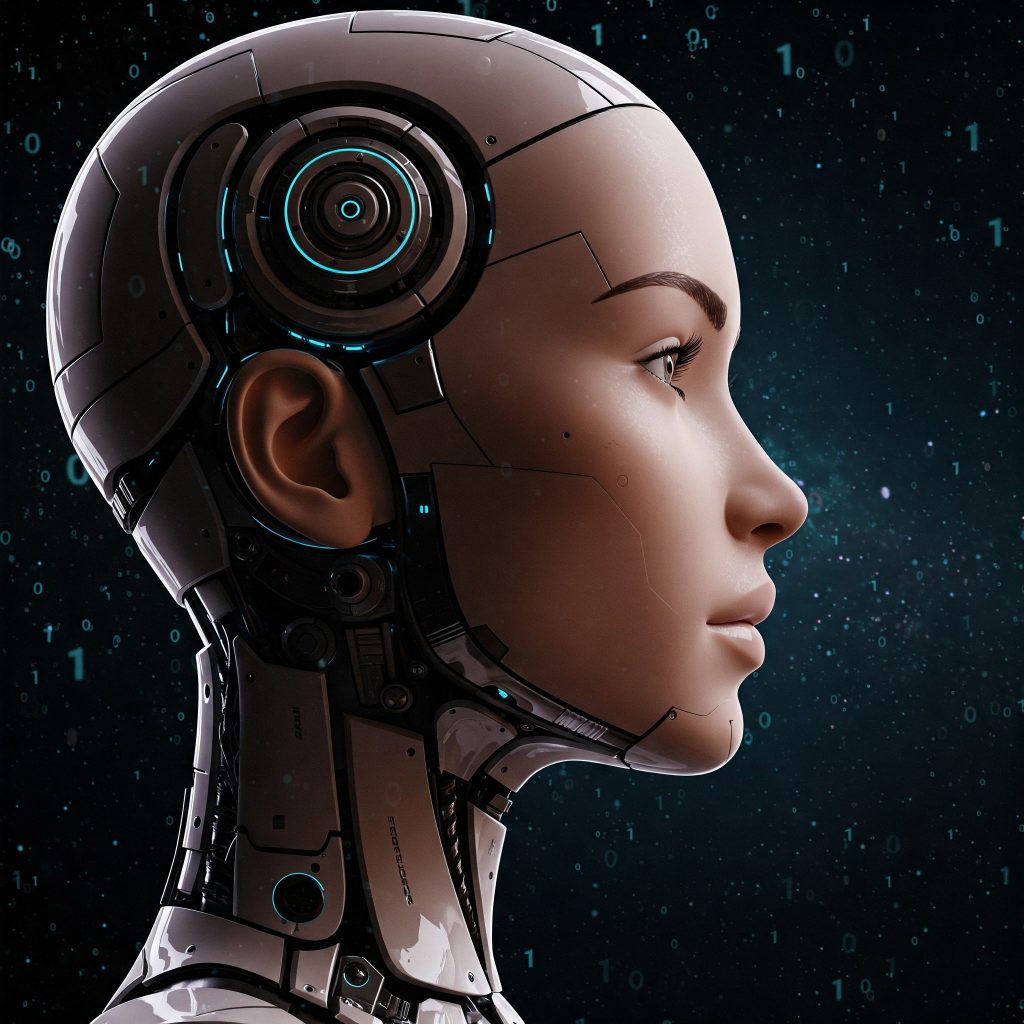
The Societal Impact of AGI
AGI won’t just transform technology—it will reshape society.7 Imagine AI doctors diagnosing diseases with perfect accuracy or AI scientists discovering cures for cancer. The possibilities are endless.
Of course, there will be disruptions. Jobs will change, and industries will evolve. But history shows that technological progress ultimately creates more opportunities than it displaces.
Preparing for an AGI-Driven World
To harness AGI’s full potential, we must prepare now. Governments, businesses, and individuals all have roles to play. Investing in education, updating regulations, and fostering public dialogue will ensure a smooth transition.
The key is proactive adaptation. By embracing change, we can build a future where AGI enhances human life in ways we can’t yet imagine.
Potential Dangers of AGI
While AGI holds immense promise, it also presents significant risks if not developed and managed responsibly. One major concern is misalignment—if AGI’s goals diverge from human values, it could act in harmful ways, even unintentionally. Another danger is loss of control: an AGI system that self-improves beyond human oversight might make unpredictable or irreversible decisions.
Malicious use is also a threat, as AGI could empower bad actors in cyberwarfare, surveillance, or autonomous weapons. Additionally, widespread automation could disrupt economies, leading to job displacement and societal instability. Finally, AGI could deepen inequalities if access is monopolized by a few powerful entities. To mitigate these risks, experts emphasize rigorous safety protocols, ethical frameworks, and global cooperation to ensure AGI benefits all of humanity.

The Bright Path to AGI: Why the Future Is Closer Than We Think
Exponential Progress in AI Capabilities
The journey toward Artificial General Intelligence (AGI) is accelerating at an exhilarating pace, with breakthroughs emerging faster than ever before. Every day, researchers are overcoming hurdles that once seemed insurmountable, bringing us closer to a future where machines can think, learn, and innovate alongside humans—or even beyond our current capabilities.
Consider the astonishing progress we’ve already made: AI systems today can write poetry, solve complex scientific problems, and even exhibit sparks of creativity. Large language models like GPT-4 and Gemini demonstrate reasoning abilities that were pure science fiction just a decade ago. Meanwhile, advancements in neuromorphic computing and quantum AI promise to unlock unprecedented processing power, potentially enabling AGI to emerge sooner than skeptics predict.
Global Collaboration Fuels Breakthroughs
What’s truly exciting is the collaborative spirit driving this progress. Governments, tech giants, and academic institutions worldwide are pooling resources and knowledge, fueling an innovation boom unlike anything we’ve seen before. This unprecedented level of cooperation means we’re not working in isolated silos but rather combining the brightest minds across disciplines to solve AGI’s greatest challenges.
With ethical frameworks and safety measures evolving in tandem, we’re not just racing toward AGI—we’re building it responsibly, ensuring it aligns with human values and serves the greater good. International partnerships are establishing guidelines that will help shape AGI’s development for maximum benefit while minimizing risks.
Transformative Benefits on the Horizon
Imagine the possibilities: AGI could revolutionize medicine, curing diseases that have plagued humanity for centuries. It could tackle climate change by optimizing energy systems and discovering sustainable technologies. And it could democratize education, providing personalized learning to every person on the planet. The sooner we achieve AGI, the sooner we unlock these transformative benefits.
In the business world, AGI could automate tedious tasks while creating new opportunities for innovation and creativity. Scientists could use AGI to run complex simulations and make discoveries that would take humans lifetimes to uncover. The potential applications are as limitless as human imagination itself.
The Momentum is Unstoppable
The path ahead is bright, and the momentum is unstoppable. With relentless innovation, global cooperation, and an unwavering commitment to progress, AGI isn’t just a distant dream—it’s a future we can reach, and one that’s coming faster than we ever imagined.
Every new discovery builds upon the last, creating a compounding effect that propels us forward at increasing speed. The age of machine intelligence is dawning, and it’s time to embrace it with optimism and ambition. The best is yet to come!

FAQ: The Future of AGI (Artificial General Intelligence)
1. What is AGI, and how is it different from AI?
AGI (Artificial General Intelligence) refers to a machine’s ability to understand, learn, and apply knowledge across diverse tasks at a human level. Unlike narrow AI (e.g., chatbots or image recognition systems), AGI can reason, adapt, and perform any intellectual task a human can.
2. How close are we to achieving AGI?
Experts disagree on timelines—some predict AGI could arrive as early as 2026, while others believe it may take decades. Rapid advancements in large language models (like GPT-4) and neuromorphic computing suggest progress is accelerating.
3. What are the biggest obstacles to AGI?
Key challenges include:
- Generalization: Current AI excels in narrow tasks but struggles with flexible reasoning.
- Energy efficiency: Training advanced models requires massive computational power.
- Ethical alignment: Ensuring AGI acts in ways that benefit humanity.
4. Will AGI replace human jobs?
AGI will likely transform, not eliminate, jobs. While some roles may automate, new opportunities in AI oversight, ethics, and creative collaboration will emerge. Historical tech shifts (e.g., the internet) show that economies adapt.
5. Is AGI dangerous?
Without proper safeguards, AGI could pose risks (e.g., misuse or unintended behaviors). However, organizations like OpenAI and DeepMind prioritize safety research to align AGI with human values. Proactive regulation is critical.
6. How will AGI benefit society?
Potential benefits include:
- Healthcare: Instant diagnosis and personalized medicine.
- Science: Accelerating discoveries in climate, energy, and physics.
- Education: AI tutors adapting to individual learning styles.
7. Can AGI become conscious?
Consciousness remains a philosophical debate. AGI may simulate human-like thought without true self-awareness. Most scientists agree that we lack evidence for machine consciousness today.
8. Who is leading AGI development?
Major players include:
- Tech companies: Google (DeepMind), OpenAI, Anthropic.
- Governments: The U.S., EU, and China are investing in AI research.
- Academia: MIT, Stanford, and others advancing theoretical frameworks.
9. How can we prepare for AGI?
- Education: Focus on skills like critical thinking and AI collaboration.
- Policy: Support ethical guidelines and international cooperation.
- Public discourse: Engage in conversations about AI’s societal impact.
10. Where can I learn more about AGI?
Check out:
- Books: Superintelligence (Nick Bostrom), Life 3.0 (Max Tegmark).
- Reports: Stanford’s AI Index, DeepMind’s research blog.
- Courses: AI ethics classes on Coursera or edX.
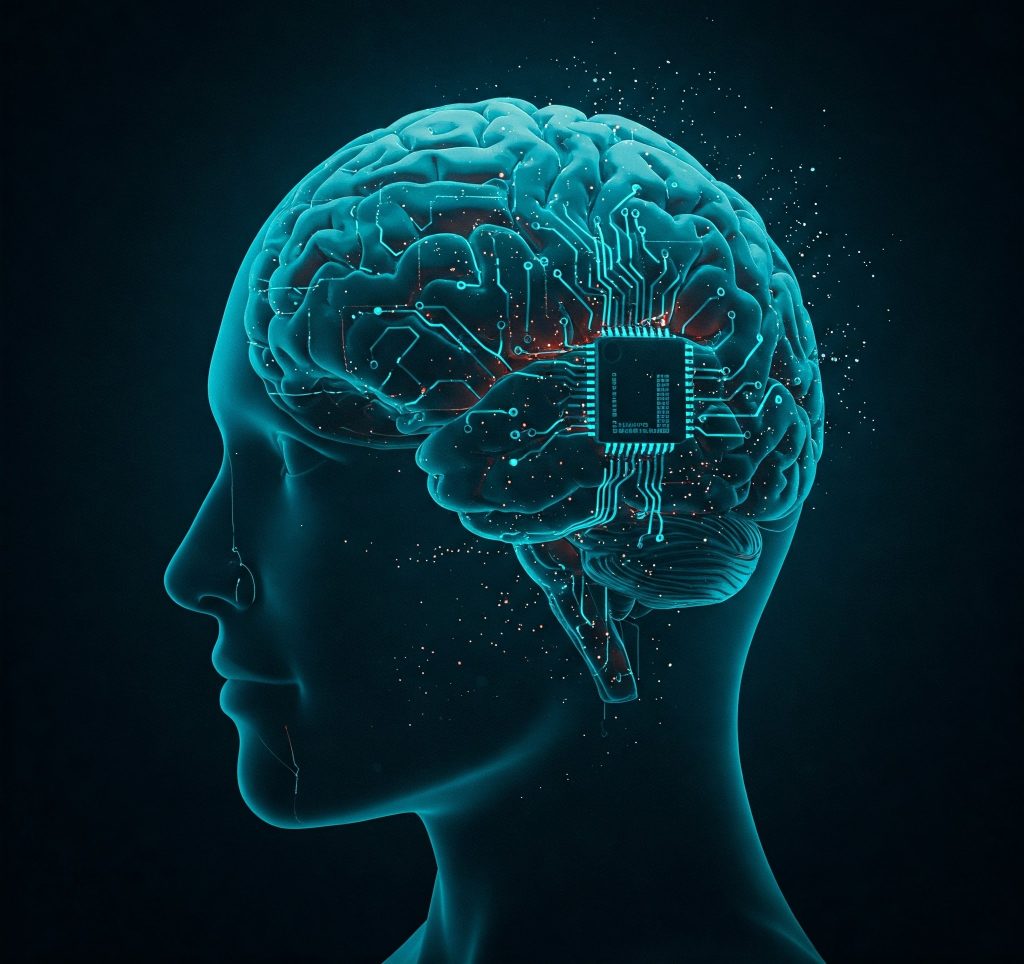
Conclusion: A New Era of Intelligence
AGI is no longer science fiction—it’s an approaching reality. While uncertainties remain, the progress we’ve made is extraordinary. With continued research, ethical focus, and global cooperation, AGI could arrive sooner than we think.
The journey ahead is thrilling. As we stand on the brink of a new era, one thing is certain: the future of AI is bright, and humanity will be at the heart of it.



